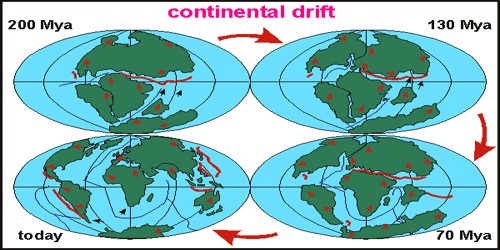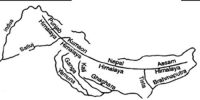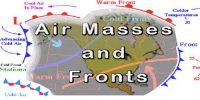Evidence in Support of the Continental Drift
Continental Drift is the slow movement of the continents across the earth’s surface through geographical time.
Continental drift was a theory that explained how continents shift position on Earth’s surface. Set forth in 1912 by Alfred Wegener, a geophysicist, and meteorologist, continental drift also explained why look-alike animal and plant fossils, and related rock formations, are found on different continents.
Evidence in Support of the Continental Drift
The Matching of Continents (Jig-Saw-Flt)
The shorelines of Africa and South America facing each other have an extraordinary and unmistakable match. It may be noted that a map produced using a computer program to find the best fit of the Atlantic margin was presented by Bullard in 1964. It proved to be quite perfect.
Rocks of Same Age Across the Oceans
The radiometric dating methods developed in the recent period have facilitated correlating the rock formation from different continents across the vast ocean. The belt of ancient rocks of 2,000 million years from Brazil coast matches with those from western Africa. The earliest marine deposits along the coastline of South America and Africa are of the Jurassic age.
Tillite
It is the sedimentary rock formed out of deposits of glaciers. The Gondwana system of sediments from India is known to have its counterparts in six different landmasses of the Southern Hemisphere. At the base, the system has thick tillite indicating extensive and prolonged glaciation. Counterparts of this succession are found in Africa. Falkland Island, Madagascar, Antarctica, and Australia besides India.
Placer Deposits
The occurrence of rich placer deposits of gold in the Ghana coast and the absolute absence of source rock in the region is an amazing fact. The gold-bearing veins are in Brazil and it is obvious that the gold deposits of Ghana are derived from the Brazil plateau when the two continents lay side by side.
Distribution of Fossils
When identical species of plants and animals adapted to living on land or in fresh water are found on either side of the marine barriers, a problem arises regarding accounting for such distribution. The observations that Lemurs occur in India, Madagascar, and Africa led some to consider a contiguous landmass “Lemuria” linking these three landmasses. Mesosaurus was a small reptile adapted to shallow brackish water.













